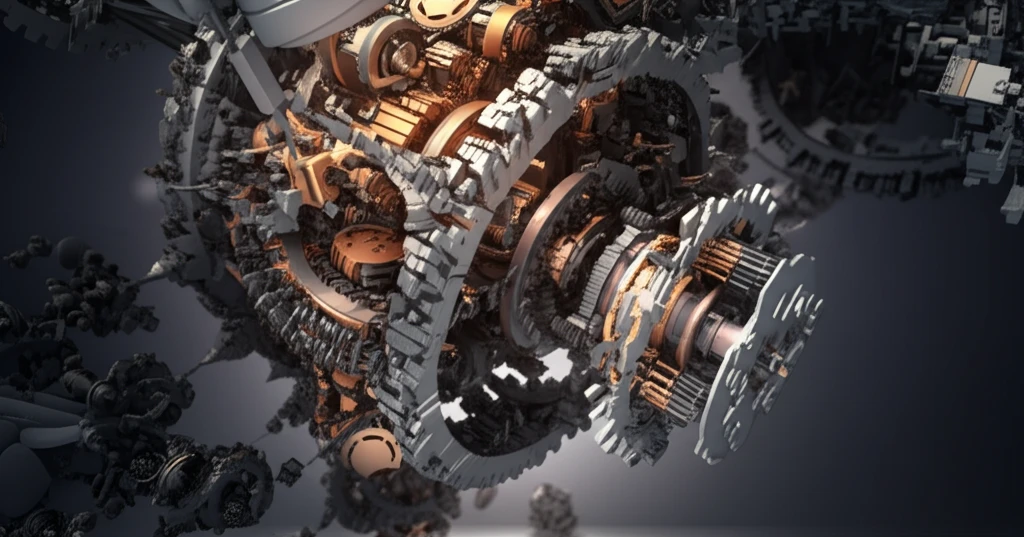
Stronger Than Steel: How Nanomaterials Are Revolutionizing Manufacturing
"Explore the groundbreaking potential of WC-strengthened nanocomposites and their impact on creating more durable and efficient materials."
Imagine a material that combines the toughness needed for aerospace applications with the conductivity required for advanced electronics. Tungsten-copper (W-Cu) composites have long been promising candidates, but their full potential has been limited by the size and distribution of their constituent particles.
Traditional methods of creating these composites often result in uneven mixing and weak bonding between the materials, hindering their overall performance. However, a new approach is emerging that could change everything: in-situ reactions. This innovative technique allows scientists to create nanocomposites with incredibly fine and well-distributed particles, leading to enhanced strength, durability, and efficiency.
This article delves into the groundbreaking research behind WC-strengthened W-Cu nanocomposites synthesized through in-situ reactions. We'll explore how this method works, its potential applications, and what it means for the future of materials science and manufacturing.
What are WC-Strengthened W-Cu Nanocomposites?

At its core, a nanocomposite combines two or more materials at the nanoscale (one billionth of a meter) to create a new material with superior properties. In the case of WC-strengthened W-Cu composites, the goal is to harness the individual strengths of tungsten (W), copper (Cu), and tungsten carbide (WC).
- Tungsten (W): Known for its exceptional high melting point and hardness, providing structural integrity and resistance to extreme conditions.
- Copper (Cu): Offers excellent electrical and thermal conductivity, making it ideal for applications requiring efficient heat dissipation.
- Tungsten Carbide (WC): An extremely hard ceramic material that significantly enhances the composite's wear resistance and overall strength.
The Future is Stronger: The Promise of Advanced Nanomaterials
The development of WC-strengthened W-Cu nanocomposites through in-situ reactions represents a significant leap forward in materials science. As research continues and manufacturing techniques are refined, we can expect to see these materials play an increasingly important role in a wide range of industries, from aerospace and electronics to automotive and beyond. The future of materials is stronger, more efficient, and more durable than ever before, thanks to the power of nanotechnology.
